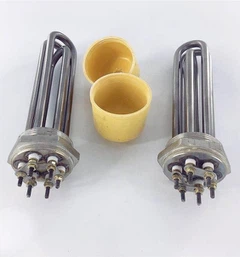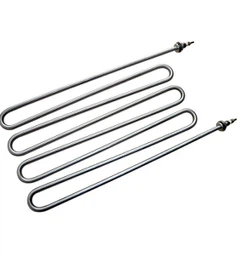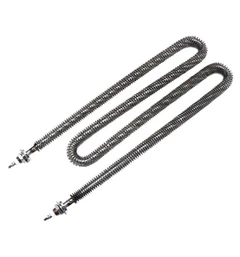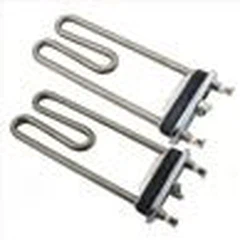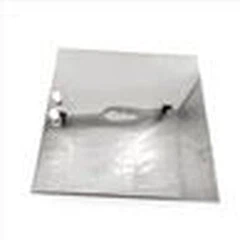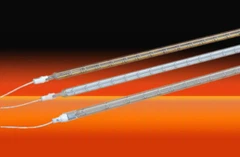Mica band heaters are versatile and widely used in processes other than injection molding, such as blow molding, to provide consistent and efficient heating in industrial applications. How they operate in these processes:
1. Extrusion process
During the extrusion process, a plastic or metal material is melted and passed through a mold to form a continuous shape, such as a pipe, sheet or profile.
The role of mica heater:
Drum Warm:
Mica band heaters are installed around the extruder drum to melt raw materials (plastic particles or metal powder).
They maintain a consistent temperature along the barrel to ensure smooth material flow and uniform melting.
Energy Efficiency:
Their high thermal conductivity ensures accurate and energy-efficient heat transfer, reducing heat loss.
Temperature zone:
Multiple heaters are used along the barrel area, each individually controlling the exact temperature gradient.
Advantages of extrusion:
Support high throughput by maintaining a stable melt flow.
Ensure the quality of extruded products and avoid inconsistencies caused by uneven heating.
Mold heating (some designs):
Ensure that the mold is kept warm to avoid defects caused by temperature fluctuations.
Advantages of blow molding:
Provides even heating to prevent weak spots or uneven thickness in the final product.
Improve product clarity and durability by maintaining precise melt temperatures.

